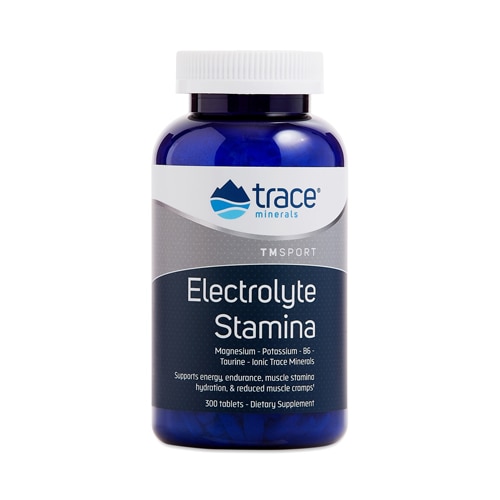It’s race day and the heat is on! Sure the competition may be tough, but the conditions are going to be even tougher. You’re going to sweat more, your heart rate and body temperature will rise and you will feel fatigued. The bad news: you can’t control the weather. The good news: you can control how you prepare for it. So even when it feels too hot to trot, these tips will help you stay cool as a cucumber.
[caption id="attachment_46473" align="aligncenter" width="650"] Fill the CamelBak Podium Chill water bottle with ice and leave it in the fridge overnight. Add water or an electrolyte drink just before you head out for the race.[/caption]
Fill the CamelBak Podium Chill water bottle with ice and leave it in the fridge overnight. Add water or an electrolyte drink just before you head out for the race.[/caption]
Train for the conditions
Racing an Ironman in Arizona? If you don’t already live in a hot climate, a race is no reason to relocate your life. Though acclimating to the conditions is beneficial to performance, your body can adapt within a week or two. While living and training in a cooler climate, simply simulate the conditions during a few of your workouts (not all!) by wearing extra clothing that promotes sweating. That being said, even if you do live in high temperatures with the “luxury” to train in high temperatures, keep your steamy sessions to a minimum. It’s been studied that training in the heat every third day for a month showed equal acclimatization as training in the heat every day for 10 days (Maughan & Shirreffs, 2004).
The goal is to train your body for the conditions, not necessarily in the conditions. Hot and humid environments reduce performance by raising your core body temperature, increasing heart rate and reducing your heart’s stroke volume. All of this leads to fatigue in a shorter period of time – no matter how acclimated you may be. The simple fact is you cannot train at the same intensity in the heat as you can in more favorable conditions. Thus, the quality of your training is compromised. Find the perfect balance between quality aerobic training and sessions focused more on acclimatization.
Hydrate just enough
Once up on a time, the notion was that if you felt thirst, you were already dehydrated. Therefore to counter dehydration, it was recommended that you drink ahead of your thirst. Mitchell Rosner, MD and his group at the University of Virginia have recently overturned this concept. The kidney specialist chaired the group that developed new hydration guidelines: to drink only when you’re thirsty. In fact, numerous studies have proven that slight dehydration, about 2-5% of body weight, is safe and has little to no impact on athletic performance (Maughan & Shirreffs, 2004).
A couple days out from a hot race, start honing in on your hydration strategy. If water is your least favorite drink, that’s okay. Coffee counts as fluid intake, as does a number of foods. Watermelon, lettuce, broccoli, low-fat yogurt and oatmeal all contain significant amounts of water. In fact, many of these foods also provide electrolytes (potassium, sodium, magnesium, calcium, etc.), which are even more important for maintaining proper hydration.
On race day, a good goal is to drink two cups (16 ounces) of fluids in the two hours before the start. Note: if your pre-race breakfast consists of oatmeal and a cup of coffee, you may be able to get away with drinking less. But while waiting for your wave to take off, sip on a cup of water or a sports drink to keep your mouth wet. Throughout the day, focus on keeping electrolyte levels balanced. Convenient options for race day include electrolyte supplements, powders and tabs.
Choose your clothes wisely
You won’t win any fashion awards sweating through a white top (or white bottoms, especially), but you could win a podium spot. White clothing does, in fact, reflect the sun’s rays better than darker colors, which ultimately can help keep you feeling cooler. Though slimming and sleek, tight, black clothing is not favorable for sunny days. Assuming you have a choice, stick with light-colored, moisture-wicking fabrics. Obviously, team uniforms may dictate your race-day gear, but you can still navigate around any restrictions. Here are a few more precautions to take:
- Shade your face with a visor (not a full hat that can trap heat on your head). Visors also mean you can pour ice water on your head mid-race.
- Skip the socks if your shoes are comfortable enough and the race distance is fairly short.
- Consider wrapping a cold, wet towel around your neck. Toss it once the cooling effects wear off.
Pre-cool, pre-race
Who needs to warm up when it’s 90 degrees outside? Actually, you may benefit from doing the exact opposite – cooling down. Several studies have realized an improvement in performance when athletes practice what’s known as pre-cooling. Some ways to do this include wearing clothes that have been chilled in a freezer, taking a cold shower and wrapping your body in a cool towel or blanket. The idea is to cool the body before the start of an exceptionally warm endurance event, so it takes longer for your body to reach a fatigued state. IMPORTANT: You should practice this in training, so your body isn’t shocked come race day.
In fact, nothing you do on race day should be new. From the shoes on your feet to the food you eat, everything needs to have been practiced and worn in during training. On hot competition days, you’ll be dealing with enough obstacles. But with these tips in mind, you’ll be able to keep yourself cool, calm and (more) comfortable.



